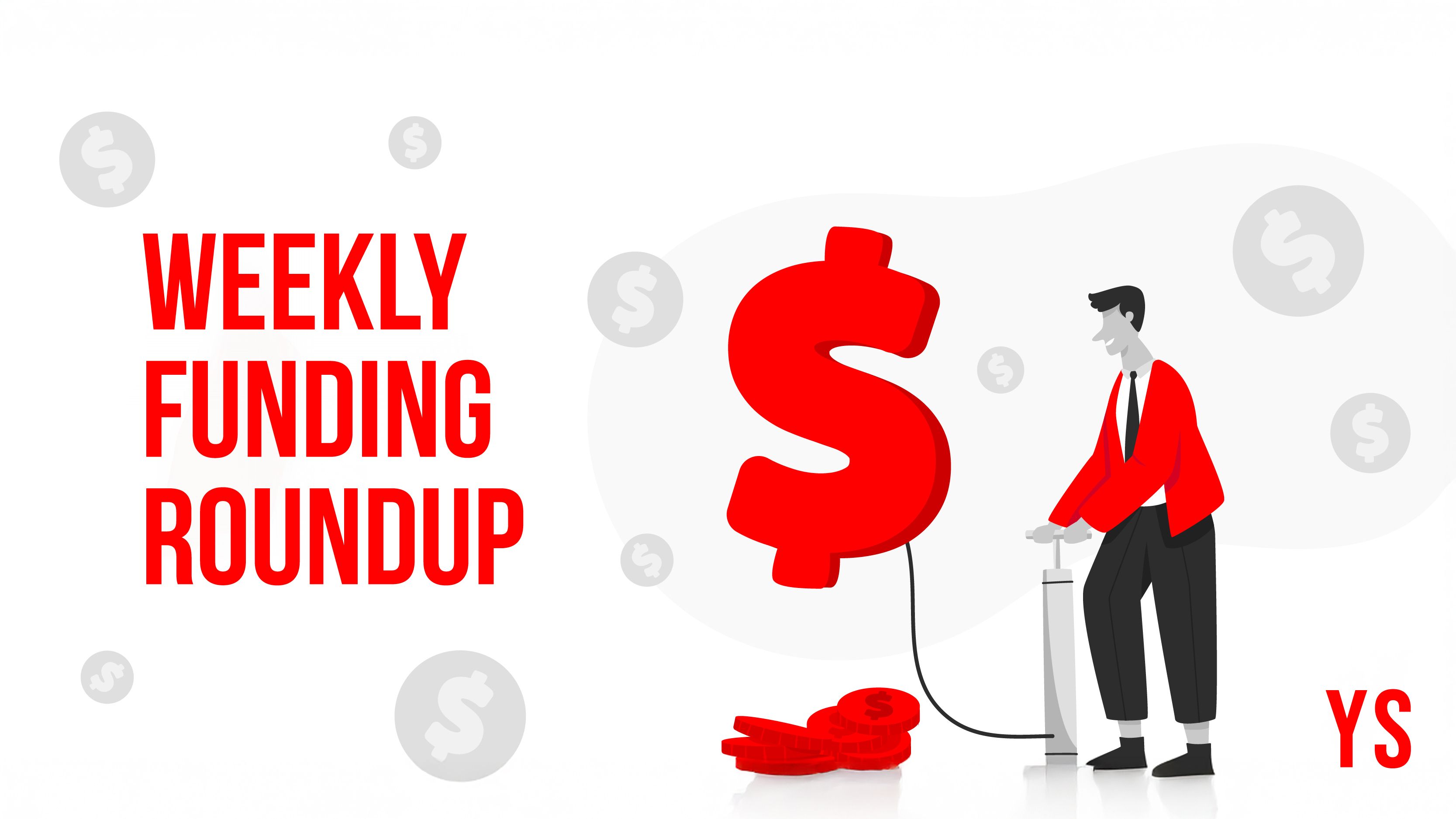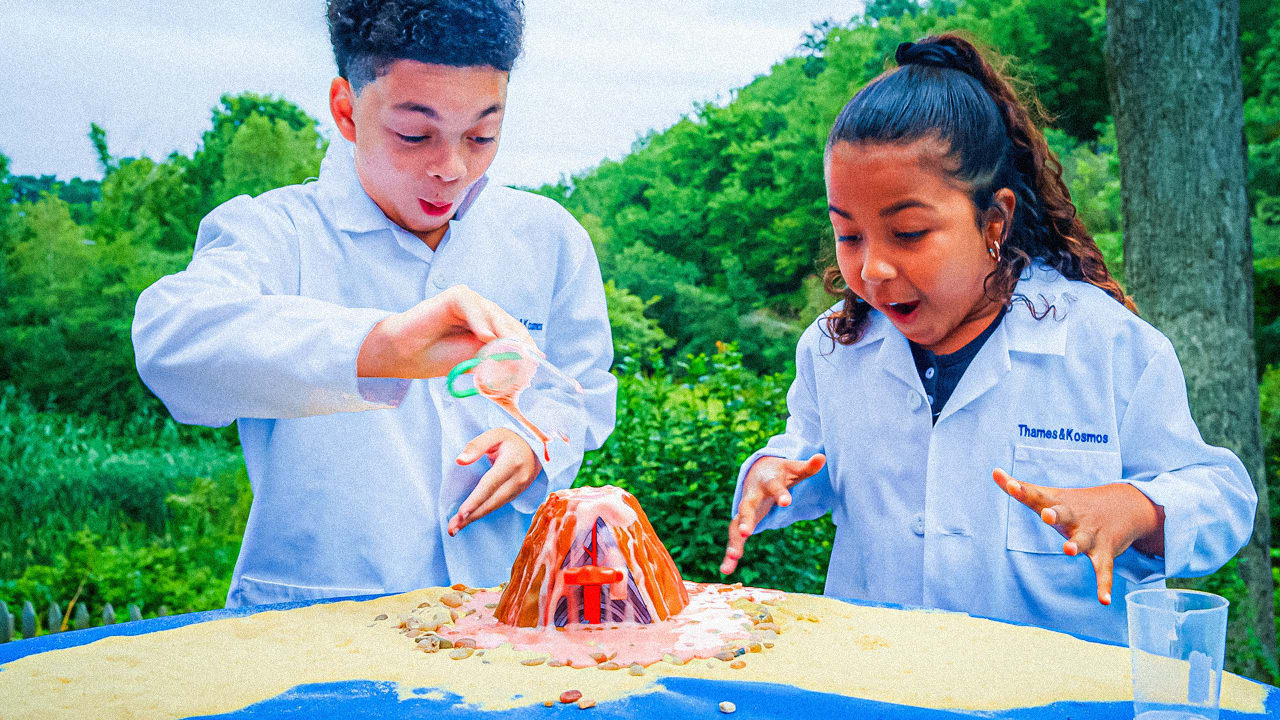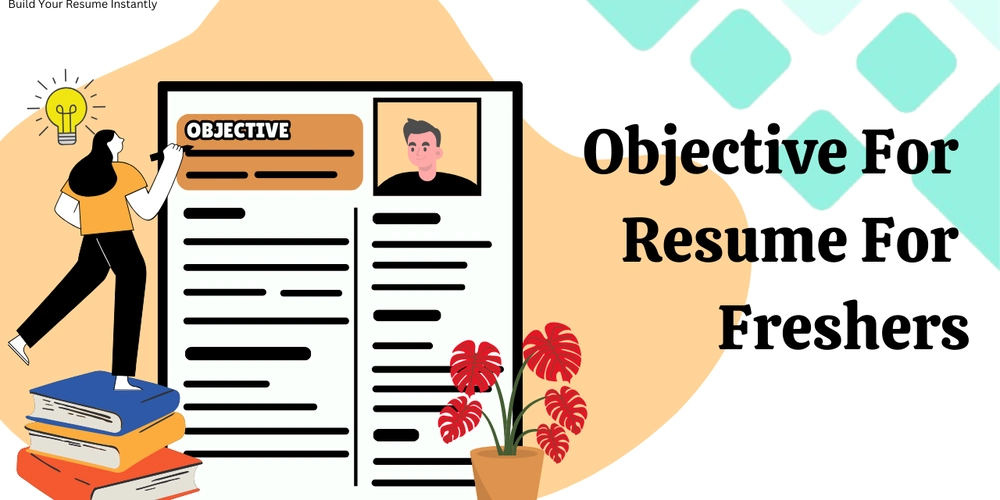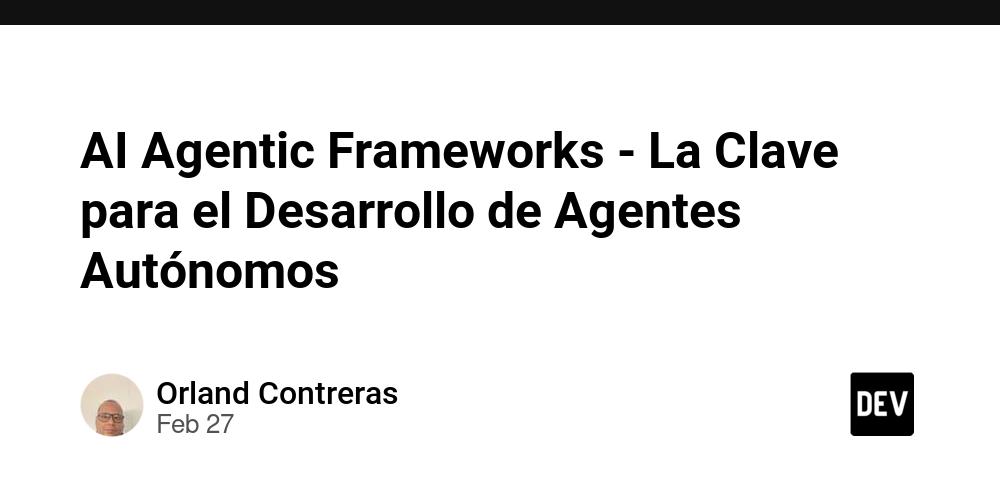HTML, CSS & JavaScript: What Are They and Why Do They Matter?
Introduction Have you ever wondered how websites are made? Maybe you play games online, watch videos, or read fun facts on the internet. But behind every cool website, there is something magical going on. That magic is created using three main tools: HTML, CSS, and JavaScript. These three are like the best team ever. Each one has a special job. When they work together, they create websites that look good, feel fun, and actually work! In this blog, we’ll learn what HTML, CSS, and JavaScript are in a way that's easy to understand. If you're a beginner, a student, or just curious, you're in the right place. By the end, you’ll know why these tools are important and how you can start using them yourself! Part 1: What is HTML? HTML stands for HyperText Markup Language. That sounds big, but don’t worry! Think of HTML as the skeleton of a website. It gives the website its basic shape and structure. Let’s say you're building a toy house. HTML would be the frame that holds it up. Here’s what HTML does: It adds headings and paragraphs. It adds images and videos. It creates buttons, links, and lists. Here’s a small example: Welcome to My Website This is a paragraph about my favorite animals. This code tells the computer to show a big heading and a small paragraph on the screen. Without HTML, a website wouldn’t exist. It’s the first step in making anything on the web. Part 2: What is CSS? Next comes CSS, which stands for Cascading Style Sheets. While HTML is the skeleton, CSS is like the clothes and colors you put on that skeleton. CSS makes websites look pretty. Want your text to be blue? Use CSS. Want your image to have a border? Use CSS. Want your page to look nice on a phone? Yep, CSS helps with that too. Here’s how CSS works: p { color: blue; font-size: 18px; } This code makes all paragraphs blue and gives them a bigger font size. CSS helps websites stand out and feel fun. Without it, everything would look plain and boring—just black text on a white background. Part 3: What is JavaScript? Now let’s talk about JavaScript, also called JS. This is where the real fun begins. JavaScript adds magic to your website. It makes things move, change, and react when someone clicks a button. If HTML is the skeleton, and CSS is the outfit, JavaScript is like the brain that makes everything move and think. Here’s a simple JavaScript example: document.querySelector('button').addEventListener('click', function() { alert('You clicked the button!'); }); This code tells the computer to show a message when someone clicks a button. How cool is that? JavaScript can: Make buttons do something Create games Change pictures when you hover over them Save scores in a game So with JavaScript, websites aren’t just pages—they become interactive adventures! Part 4: How They Work Together Let’s put it all together: HTML builds the structure CSS styles the page and makes it look cool JavaScript makes it fun and interactive Imagine you’re building a robot: HTML is the robot’s body. CSS is the robot’s shiny paint and buttons. JavaScript is what lets the robot wave and talk. Without one of them, the website wouldn’t feel complete. Part 5: A Real-Life Story Let me tell you a quick story. Last year, I spent a weekend in a small flat I found through letting agencies in Glasgow. The internet wasn’t working, and I had no gadgets—just a notebook and a pen. At first, I felt bored. But then, I started sketching out a website idea. I thought, "What if there was a super simple, clean website that helped kids learn about coding?" When I got back online, I shared the idea with a friend who is an app developer. We started building the project using—you guessed it—HTML, CSS, and JavaScript. It was amazing to see it come to life! That tech-free weekend gave me a fresh idea, and those three tools helped me make it real. Part 6: Why They Matter Here’s why HTML, CSS, and JavaScript are super important: They power the internet. Every website you visit uses them. They are beginner-friendly. You don’t need to be a genius to learn them. They help you be creative. You can build games, blogs, or your own art gallery. They can lead to jobs. Many people become web designers or app developers! Also, when you learn these tools, you understand how the web works. It’s like learning a secret code! Part 7: How You Can Start Are you excited to try? Here’s how you can begin: Use Free Tools: Websites like codepen.io, replit.com, or scratch.mit.edu are fun places to start coding. Try This Mini Project: Make a simple page about your favorite animal. Add a heading (HTML), change the colors (CSS), and make a button say "Hello!" (JavaScript). Watch Videos: Look for beginner HTML, CSS, and JavaScript videos made for kids or students. Ask for Help: If you get stuck, ask a teacher or parent. Or explore coding clubs and forums. Practice Every Week: Like learning to play a game or an instrument, coding takes practice. Part 8: F
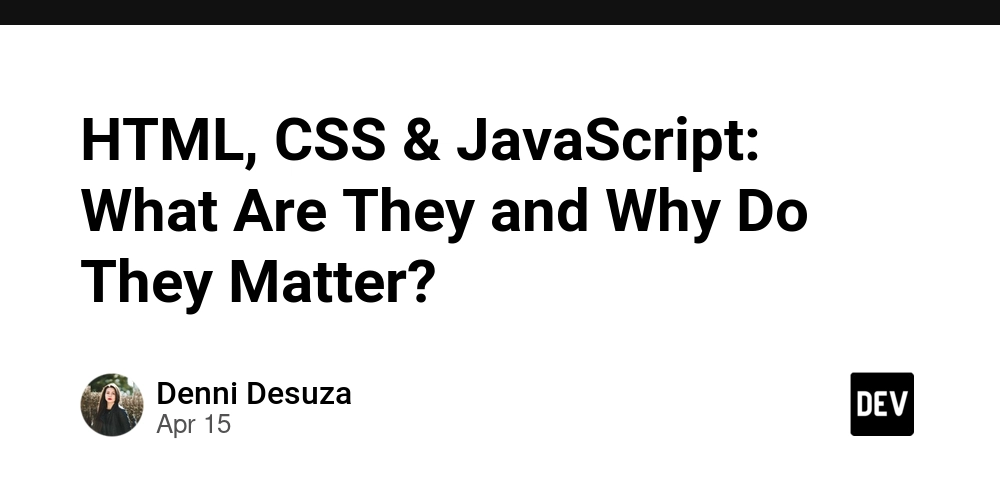
Introduction
Have you ever wondered how websites are made? Maybe you play games online, watch videos, or read fun facts on the internet. But behind every cool website, there is something magical going on. That magic is created using three main tools: HTML, CSS, and JavaScript.
These three are like the best team ever. Each one has a special job. When they work together, they create websites that look good, feel fun, and actually work!
In this blog, we’ll learn what HTML, CSS, and JavaScript are in a way that's easy to understand. If you're a beginner, a student, or just curious, you're in the right place. By the end, you’ll know why these tools are important and how you can start using them yourself!
Part 1: What is HTML?
HTML stands for HyperText Markup Language. That sounds big, but don’t worry! Think of HTML as the skeleton of a website. It gives the website its basic shape and structure.
Let’s say you're building a toy house. HTML would be the frame that holds it up.
Here’s what HTML does:
It adds headings and paragraphs.
It adds images and videos.
It creates buttons, links, and lists.
Here’s a small example:
Welcome to My Website
This is a paragraph about my favorite animals.
This code tells the computer to show a big heading and a small paragraph on the screen.
Without HTML, a website wouldn’t exist. It’s the first step in making anything on the web.
Part 2: What is CSS?
Next comes CSS, which stands for Cascading Style Sheets. While HTML is the skeleton, CSS is like the clothes and colors you put on that skeleton. CSS makes websites look pretty.
Want your text to be blue? Use CSS.
Want your image to have a border? Use CSS.
Want your page to look nice on a phone? Yep, CSS helps with that too.
Here’s how CSS works:
p {
color: blue;
font-size: 18px;
}
This code makes all paragraphs blue and gives them a bigger font size.
CSS helps websites stand out and feel fun. Without it, everything would look plain and boring—just black text on a white background.
Part 3: What is JavaScript?
Now let’s talk about JavaScript, also called JS. This is where the real fun begins.
JavaScript adds magic to your website. It makes things move, change, and react when someone clicks a button.
If HTML is the skeleton, and CSS is the outfit, JavaScript is like the brain that makes everything move and think.
Here’s a simple JavaScript example:
document.querySelector('button').addEventListener('click', function() {
alert('You clicked the button!');
});
This code tells the computer to show a message when someone clicks a button. How cool is that?
JavaScript can:
Make buttons do something
Create games
Change pictures when you hover over them
Save scores in a game
So with JavaScript, websites aren’t just pages—they become interactive adventures!
Part 4: How They Work Together
Let’s put it all together:
HTML builds the structure
CSS styles the page and makes it look cool
JavaScript makes it fun and interactive
Imagine you’re building a robot:
HTML is the robot’s body.
CSS is the robot’s shiny paint and buttons.
JavaScript is what lets the robot wave and talk.
Without one of them, the website wouldn’t feel complete.
Part 5: A Real-Life Story
Let me tell you a quick story.
Last year, I spent a weekend in a small flat I found through letting agencies in Glasgow. The internet wasn’t working, and I had no gadgets—just a notebook and a pen. At first, I felt bored. But then, I started sketching out a website idea. I thought, "What if there was a super simple, clean website that helped kids learn about coding?"
When I got back online, I shared the idea with a friend who is an app developer. We started building the project using—you guessed it—HTML, CSS, and JavaScript. It was amazing to see it come to life!
That tech-free weekend gave me a fresh idea, and those three tools helped me make it real.
Part 6: Why They Matter
Here’s why HTML, CSS, and JavaScript are super important:
They power the internet. Every website you visit uses them.
They are beginner-friendly. You don’t need to be a genius to learn them.
They help you be creative. You can build games, blogs, or your own art gallery.
They can lead to jobs. Many people become web designers or app developers!
Also, when you learn these tools, you understand how the web works. It’s like learning a secret code!
Part 7: How You Can Start
Are you excited to try? Here’s how you can begin:
Use Free Tools: Websites like codepen.io, replit.com, or scratch.mit.edu are fun places to start coding.
Try This Mini Project: Make a simple page about your favorite animal. Add a heading (HTML), change the colors (CSS), and make a button say "Hello!" (JavaScript).
Watch Videos: Look for beginner HTML, CSS, and JavaScript videos made for kids or students.
Ask for Help: If you get stuck, ask a teacher or parent. Or explore coding clubs and forums.
Practice Every Week: Like learning to play a game or an instrument, coding takes practice.
Part 8: Fun Facts
The first website was made in 1991. It only had text—no pictures!
CSS was created in 1996 to make websites look nicer.
JavaScript was made in just 10 days in 1995!
You can build your own website using just Notepad and a browser.
The word "HyperText" in HTML means clickable links!
Conclusion
HTML, CSS, and JavaScript are like the magic crayons of the internet. They help us create, design, and play on the web.
Even if you’re in Class 6, you can start learning today. Make a page about your pet, your favorite cartoon, or even your dream robot. Add colors, buttons, and fun messages.
The best part? You don’t need expensive tools or fancy gadgets. All you need is curiosity and a little time.
So go ahead—start exploring! Your first website is waiting for you.
And who knows? Maybe one day, you’ll be the next great app developer with a big idea that started with a single line of HTML.





























![[Webinar] AI Is Already Inside Your SaaS Stack — Learn How to Prevent the Next Silent Breach](https://blogger.googleusercontent.com/img/b/R29vZ2xl/AVvXsEiOWn65wd33dg2uO99NrtKbpYLfcepwOLidQDMls0HXKlA91k6HURluRA4WXgJRAZldEe1VReMQZyyYt1PgnoAn5JPpILsWlXIzmrBSs_TBoyPwO7hZrWouBg2-O3mdeoeSGY-l9_bsZB7vbpKjTSvG93zNytjxgTaMPqo9iq9Z5pGa05CJOs9uXpwHFT4/s1600/ai-cyber.jpg?#)










































































































































![[The AI Show Episode 144]: ChatGPT’s New Memory, Shopify CEO’s Leaked “AI First” Memo, Google Cloud Next Releases, o3 and o4-mini Coming Soon & Llama 4’s Rocky Launch](https://www.marketingaiinstitute.com/hubfs/ep%20144%20cover.png)
















































































































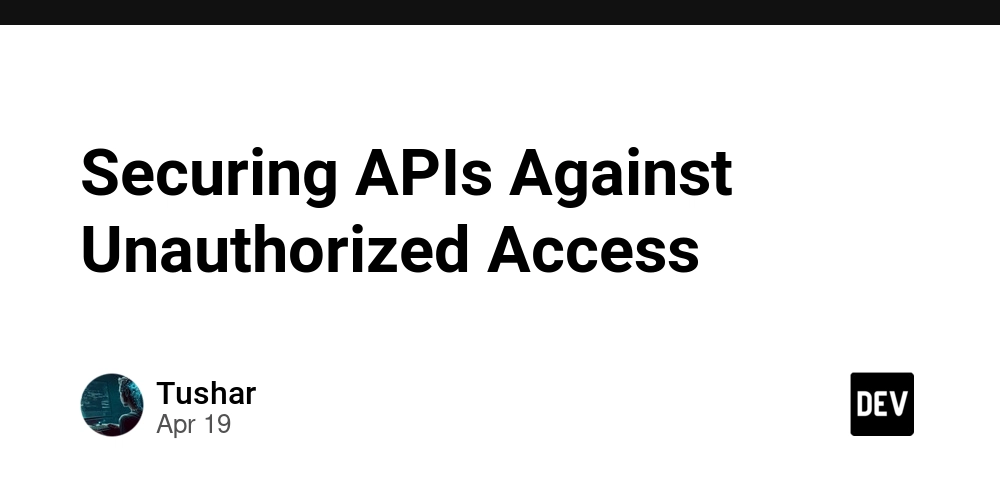












![[FREE EBOOKS] Machine Learning Hero, AI-Assisted Programming for Web and Machine Learning & Four More Best Selling Titles](https://www.javacodegeeks.com/wp-content/uploads/2012/12/jcg-logo.jpg)








































































![Rogue Company Elite tier list of best characters [April 2025]](https://media.pocketgamer.com/artwork/na-33136-1657102075/rogue-company-ios-android-tier-cover.jpg?#)








































































_Andreas_Prott_Alamy.jpg?width=1280&auto=webp&quality=80&disable=upscale#)






























































































![What’s new in Android’s April 2025 Google System Updates [U: 4/18]](https://i0.wp.com/9to5google.com/wp-content/uploads/sites/4/2025/01/google-play-services-3.jpg?resize=1200%2C628&quality=82&strip=all&ssl=1)










![Apple Watch Series 10 Back On Sale for $299! [Lowest Price Ever]](https://www.iclarified.com/images/news/96657/96657/96657-640.jpg)
![EU Postpones Apple App Store Fines Amid Tariff Negotiations [Report]](https://www.iclarified.com/images/news/97068/97068/97068-640.jpg)
![Apple Slips to Fifth in China's Smartphone Market with 9% Decline [Report]](https://www.iclarified.com/images/news/97065/97065/97065-640.jpg)








































































